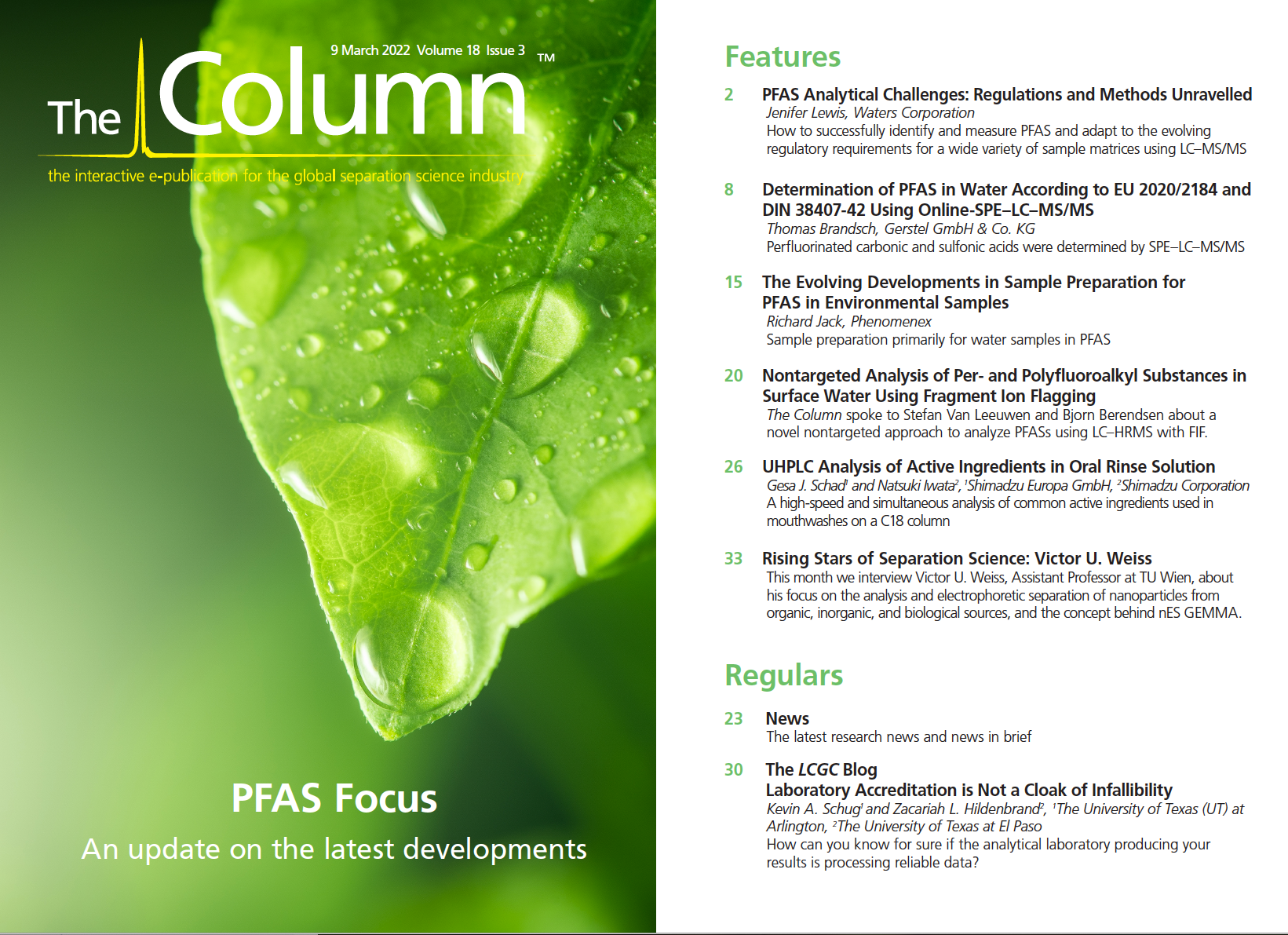Sartorius Acquires Novasep’s Chromatography Equipment Division
Novasep (Lyon, France) and Sartorius (Göttingen, Germany) have announced the completion of the sale of Novasep’s chromatography equipment division to Sartorius.
Novasep’s chromatography equipment division comprises resin‑based batch and intensified chromatography systems and focuses on low and high pressure for small and large molecules such as monoclonal antibodies, oligonucleotides, peptides, and insulin. The division generated sales of around 40 million euros in 2020, with the majority of the approximately 100 employees working at Novasep’s Pompey site in eastern France and some in the USA, China, and India.
Since 2018, Novasep and Sartorius have been collaborating in the joint development of an optimized membrane-based, low‑pressure chromatography system that processes larger molecules more productively.
“This achievement strengthens our relationship with the Sartorius team and represents a great opportunity for the chromatography equipment business to fully deliver its potential and accelerate its growth under this new ownership,” said Michel Spagnol, President and CEO of Novasep.
Novasep will continue to offer CDMO development and manufacturing services for the pharmaceutical and biopharmaceutical markets, based on chromatography, which remains a core technology.
For more information, please visit: www.novasep.com

New TRC Facility Accelerates Innovation and Delivery
April 25th 2025We’ve expanded our capabilities with a state-of-the-art, 200,000 sq ft TRC facility in Toronto, completed in 2024 and staffed by over 100 PhD- and MSc-level scientists. This investment enables the development of more innovative compounds, a broader catalogue and custom offering, and streamlined operations for faster delivery. • Our extensive range of over 100,000 high-quality research chemicals—including APIs, metabolites, and impurities in both native and stable isotope-labelled forms—provides essential tools for uncovering molecular disease mechanisms and exploring new opportunities for therapeutic intervention.
New Guide: Characterising Impurity Standards – What Defines “Good Enough?”
April 25th 2025Impurity reference standards (IRSs) are essential for accurately identifying and quantifying impurities in pharmaceutical development and manufacturing. Yet, with limited regulatory guidance on how much characterisation is truly required for different applications, selecting the right standard can be challenging. To help, LGC has developed a new interactive multimedia guide, packed with expert insights to support your decision-making and give you greater confidence when choosing the right IRS for your specific needs.

.png&w=3840&q=75)

.png&w=3840&q=75)



.png&w=3840&q=75)



.png&w=3840&q=75)
















